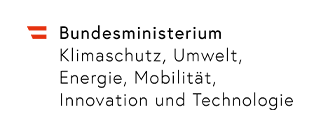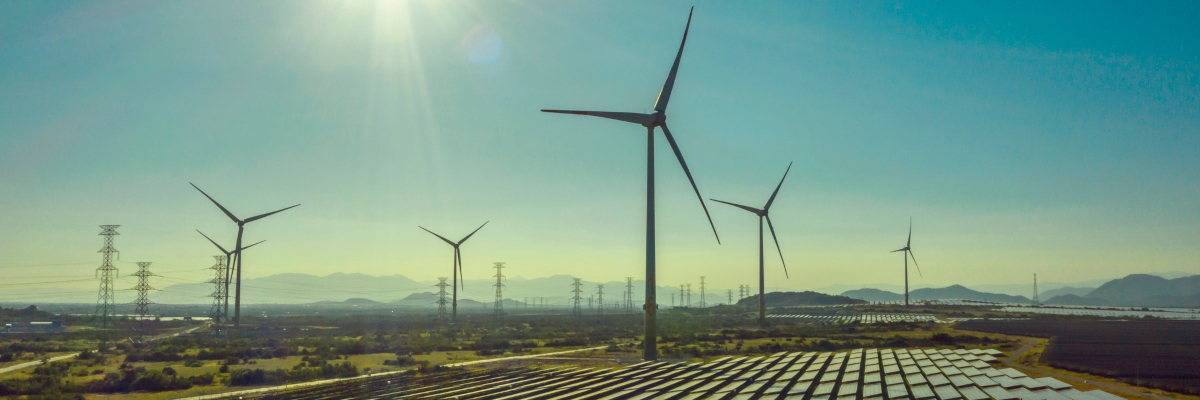Solarmobil Austria, an initiative for the realization of innovative mobility concepts, has set a milestone in the direction of the creation of emission-free public transport systems with the project “Solarbus”. The Solarbus has a 1.2 kWp solar roof and an electric heat pump. A further special design feature is the optimal integration of the replacement battery (lithium-ion battery) into the low-floor vehicle floor. The range of a battery is 80 to 100km. However, 250km / day (regular bus) or 180km / day (local bus) are required for everyday use. A continuous operation is made possible by a battery change by the driver within approx. Two minutes. The empty battery can be fully charged at a charging station during the driving cycle and is immediately available again.
An electric heat pump is used for the heating and cooling of the bus interior. In addition, the engine heat is also used. The Solardach of the bus offers some energy-economic advantages. The power of the battery is efficiently supplemented by the solar power inputs. During high-voltage operation, additional power can be fed into the system; the batteries are charged when the power requirement is low. Despite the batteries and the Solardach, the lightweight design of the Solarboard with a weight of 4,650 kg (regular bus) does not weigh more than a comparable variant with a diesel engine.
In model communities, two bus formats have been tested since 2011, a 35-seat regular bus and a community bus with 9 seats. The latter is used in a demand-controlled traffic system. The electric motors have a nominal capacity of 50 kW (municipal bus) and 70 kW (regular bus). The drive is made by a newly developed, automatic 2-speed gearbox with an efficiency increase of 25%. In operation the solar bogies reach a maximum speed of 80 km/h.






